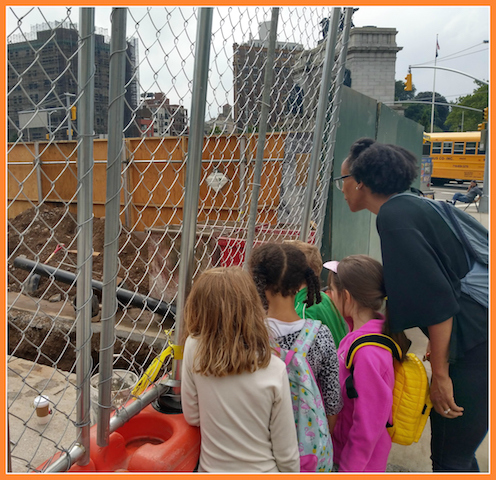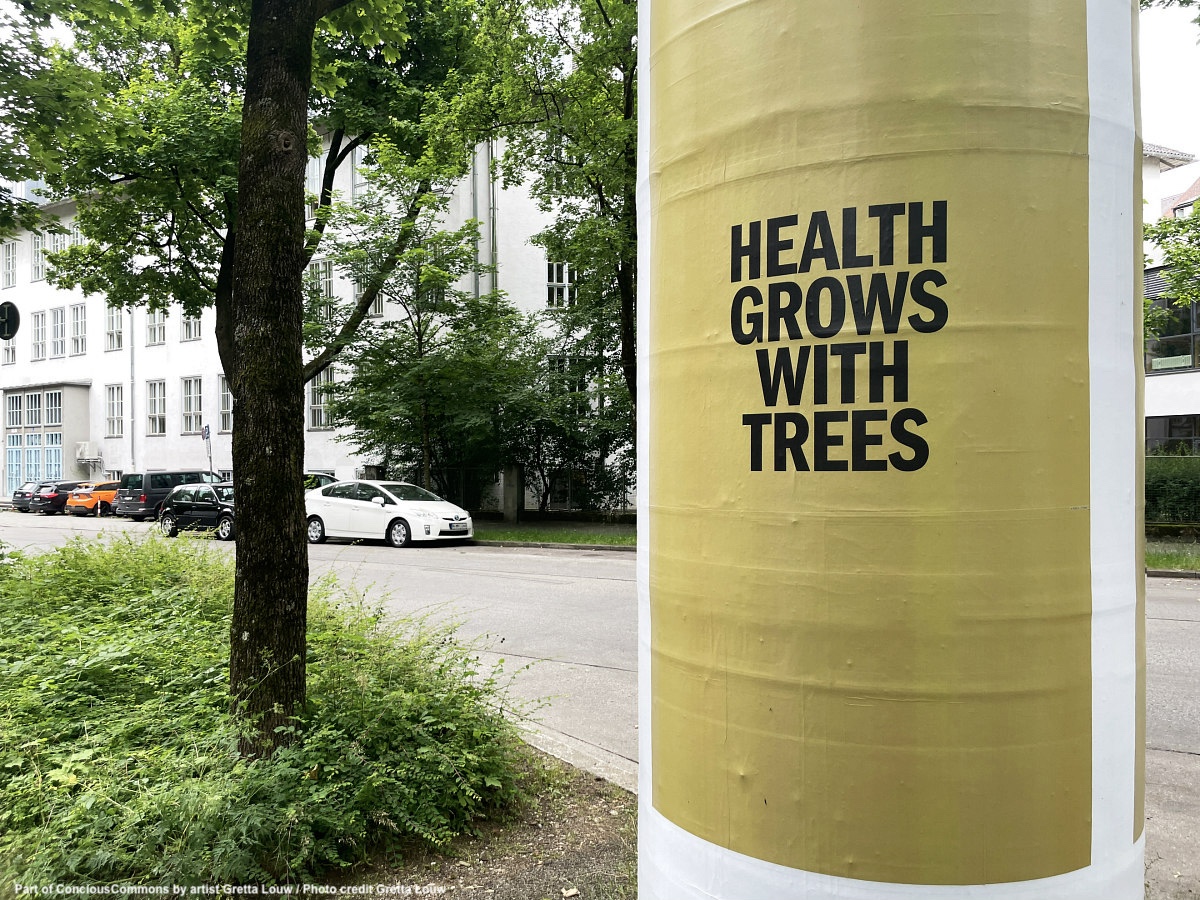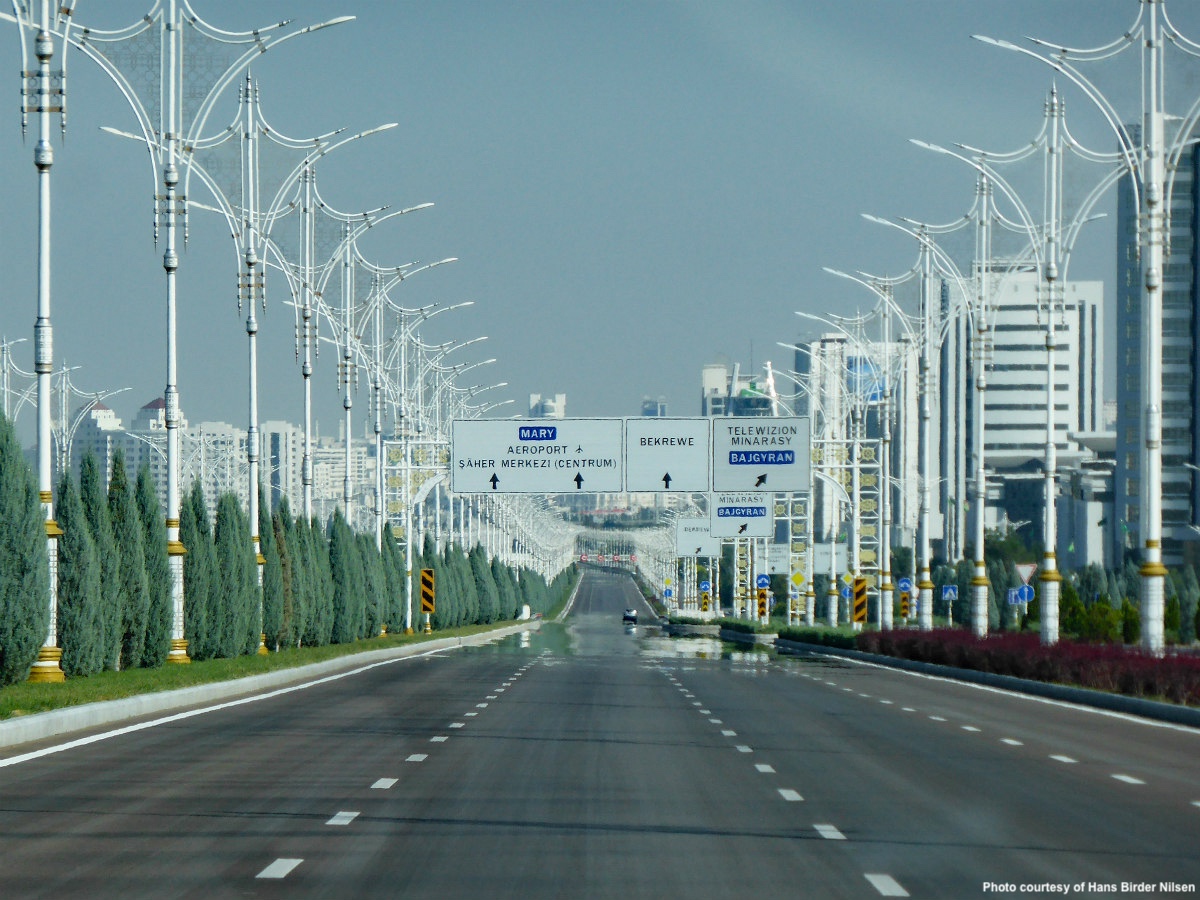If you could experience a city from 95cm – the height of a 3-year-old – what would you change? Urban 95 Challenge for a child-friendly city asks this bold but simple question of the world’s city leaders, planners, architects, and innovators. But what about asking kids in the city that very same question? Aminah Ricks, an urban planner and mother, founded Future Planners in Brooklyn, New York, to find out their answers.
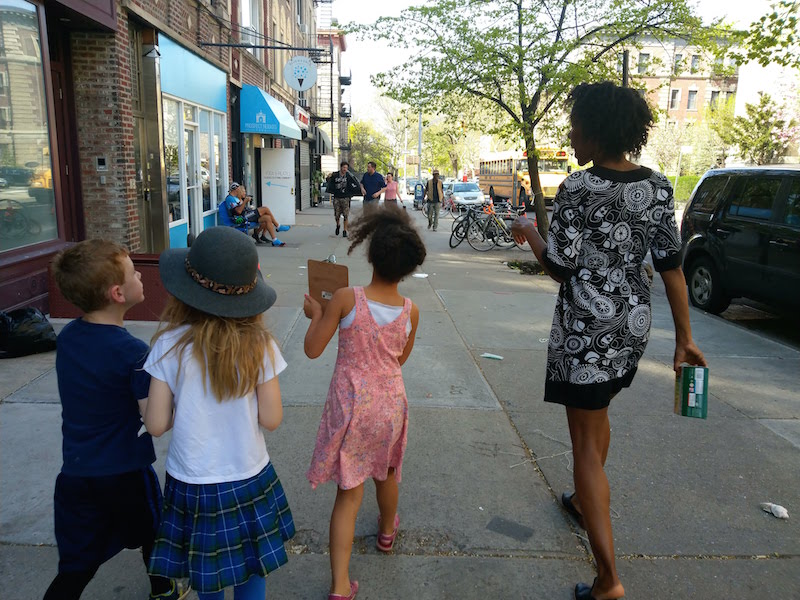
‘Children see and experience our cities at shorter heights, with fresher eyes and absorbent minds. It is our job as city planners and adults to incorporate a child’s perspective into our thinking about the cityscape’, says Aminah.
Aminah lived in Italy renovating and restoring historic villas and towers, managing construction crews, while creating plans and designs. Back in the U.S. she brought with her a different perspective of city life played out in ‘piazzas’. She came across the idea of utilising a youth oriented point of view, blended into city development.
She began developing and conducting workshops with kids in 2016 with that very intention, to ignite a passion in young kids to re-imagine the city. Her work has been embraced by the Brooklyn Children’s Museum.
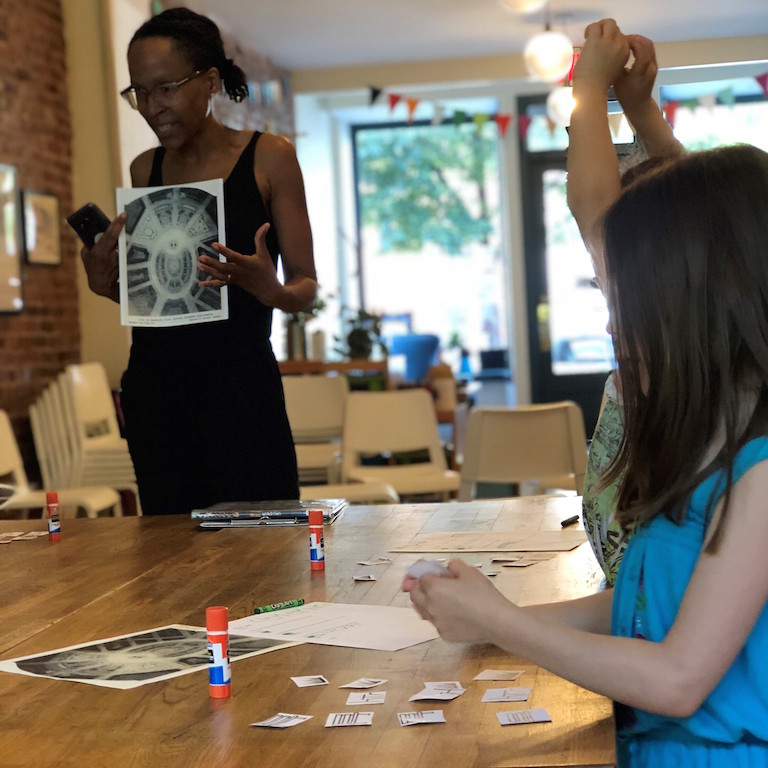
According to UNICEF, a child-friendly city is a city, town, community or any system of local governance committed to improving the lives of children within their jurisdiction by realising their rights as articulated in the UN Convention on the Rights of the Child.
Urban planners and city administrations have been scratching their heads about how to make cities more child-friendly while also being a playground for adults.
There are contrasting opinions on this. ‘New York and London were designed by men who didn’t do childcare, and it shows’, complain some. While others argue that ‘cities are increasingly geared towards families, but they can decline if the balance tips decisively against the grown-up’. Designers and innovators are coming to the same conclusion: in order to build the perfect city for children, you have to create the right environment for all ages.
However, Aminah’s child-friendly city perspective goes beyond convenient playgrounds or building the perfect space for children and adults.
‘The mistake’, argues Aminah, ‘is the current trend whereby some politicians and planners think of children as an added consideration rather than considering their views and needs upfront. Children are shorter, and they go around cities in strollers or walking at slower paces, experiencing our shared environment up close. Therefore they provide a marvelous thermometer of how well the city functions or not. They are quite sensitive to things like pollution. They see and hear cars passing by at a fast pace and may have to guess where rubbish bins are located and are unable to reach them. Poor night illumination makes it harder for them to traverse our city sidewalks. Correcting these urban issues is not only good for children but good for the elderly and everyone in between,’ shares Aminah.
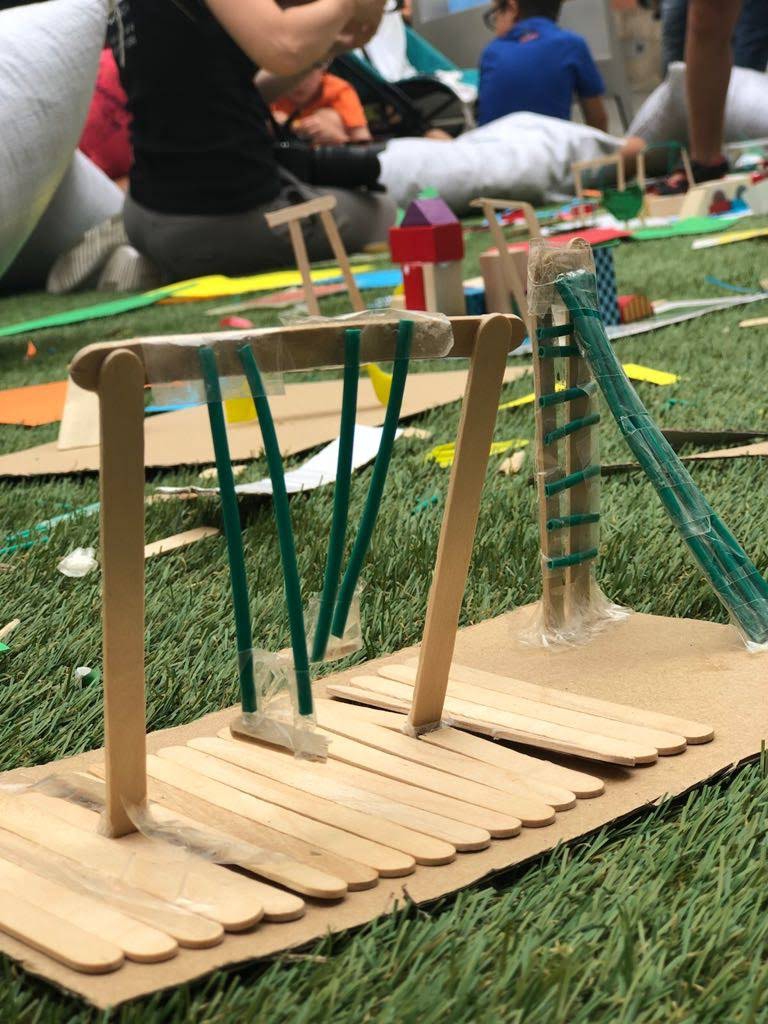
Current urban planning is geared around cars, housebuilding and the economy. However, kids do have other priorities like enjoyable spaces and quality of air, which also benefit adults.
‘The great thing about kids’, Aminah says, ‘is they have a crisp new view on their urban surroundings. Their perspective is pure, and they have no hidden agenda – making them the best advocates to teach their parents to recycle, walk and bike to around town.’
In India, a project called ‘The Power of Seeing’, launched by Studio Abhyas in New Delhi, aims at engaging schoolchildren with their neighbourhoods and facilitating them to adopt a street, focusing on the mess, poor design and safety issues. The initiative wants to create an army of young ‘change makers’, connected as never before to the world around them and filled with resolve to tackle what they see.
‘Why do we need to incorporate a child’s view? The answer is simple, if we don’t how can we expect them to become participatory city residents as adults if they don’t learn early on their rights to the city and understand that their thoughts and ideas matter,’ shares Aminah.
Her vision of working with kids from a young age, as early as 4 years old, on how to imagine cities is very avant-garde. Kids in cities can become proponents of change and advocate citizens later on.
It would benefit everyone. Don’t underestimate the power of children.
